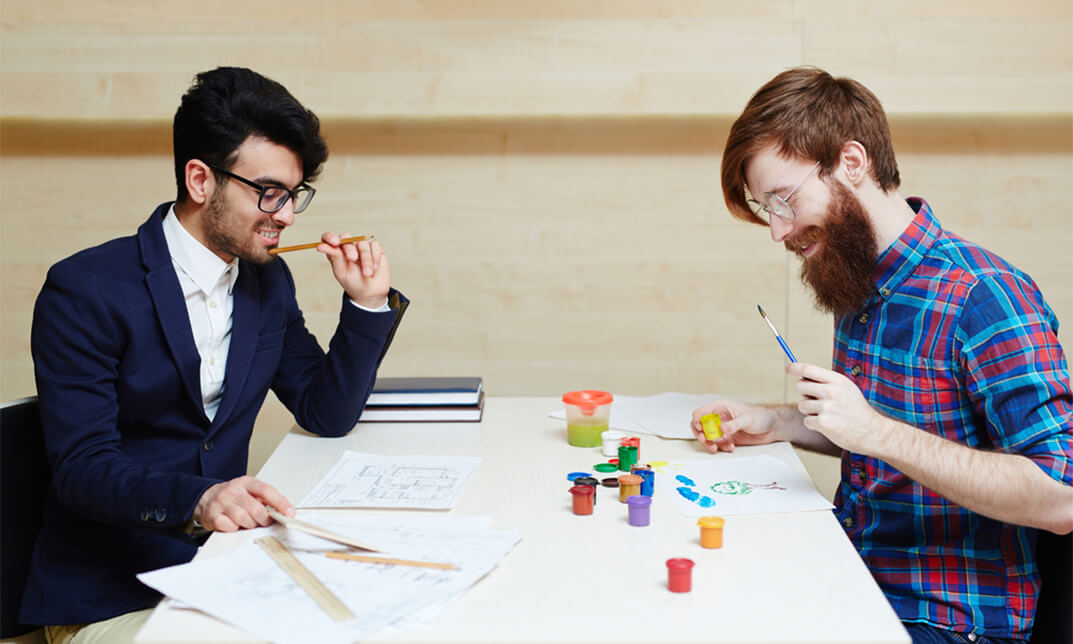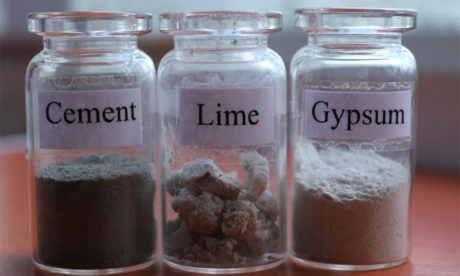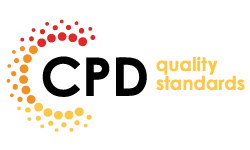How do artists create visual effects? In order to create an artistic impression, artists select materials that allow image formation, and that lend color and size to the object created. A scientist might follow up by asking, why those materials? What characteristics do they have that allow them to embody the artist’s intent? How durable are they?
Assessment
This course does not involve any written exams. Students need to answer 5 assignment questions to complete the course, the answers will be in the form of written work in pdf or word. Students can write the answers in their own time. Each answer needs to be 200 words (1 Page). Once the answers are submitted, the tutor will check and assess the work.
Certification
Edukite courses are free to study. To successfully complete a course you must submit all the assignment of the course as part of the assessment. Upon successful completion of a course, you can choose to make your achievement formal by obtaining your Certificate at a cost of £49.
Having an Official Edukite Certification is a great way to celebrate and share your success. You can:
- Add the certificate to your CV or resume and brighten up your career
- Show it to prove your success
Course Credit: Trinity College
Course Curriculum
| Week 1: Course Introduction | |||
| Course Introduction | 00:02:00 | ||
| Sensory Perception of Art | 00:08:00 | ||
| Closing Remarks | 00:02:00 | ||
| Week 2: Easel Paintings | |||
| Introduction & Painting Structure | 00:03:00 | ||
| Ground & Underdrawing | 00:03:00 | ||
| Varnish | 00:02:00 | ||
| Making Paints – Part 1 | 00:01:00 | ||
| Making Paints – Part 2 | 00:04:00 | ||
| Paint Comparison | 00:02:00 | ||
| Aging Factors | 00:03:00 | ||
| Extreme Aging | 00:03:00 | ||
| The Nature of Matter | 00:02:00 | ||
| Atomic Theory & The Periodic Table | 00:06:00 | ||
| Week 3: Light and Color | |||
| Introduction | 00:09:00 | ||
| Atomic Orbits and Energy | 00:07:00 | ||
| Color in Art | 00:05:00 | ||
| Interference and Scattering | 00:08:00 | ||
| Human Perception of Color | 00:06:00 | ||
| Refractive Index Part 1 | 00:08:00 | ||
| Refractive Index Part 2 | 00:05:00 | ||
| Transparent Surfaces | 00:09:00 | ||
| Week 4: Ceramics and Other Materials | |||
| Introduction to Ceramics | 00:09:00 | ||
| The Chemistry of Clay | 00:06:00 | ||
| Firing of Clay | 00:08:00 | ||
| Introduction to Glazes | 00:03:00 | ||
| Color in Glazes Part 1 | 00:06:00 | ||
| Color in Glazes Part 2 | 00:07:00 | ||
| Ceramics versus Glass | 00:03:00 | ||
| Introduction to Metals | 00:06:00 | ||
| Bronze and Alloys | 00:08:00 | ||
| Bronze Corrosion | 00:07:00 | ||
| Week 5: Age Dating | |||
| Introduction to Age Dating | 00:02:00 | ||
| Dendrochronology | 00:06:00 | ||
| Radioactivity | 00:04:00 | ||
| Half-life | 00:06:00 | ||
| Carbon-14 Dating Part 1 | 00:06:00 | ||
| Carbon-14 Dating Part 2 | 00:04:00 | ||
| Introduction to Thermoluminescence | 00:05:00 | ||
| Thermoluminscence in Practice | 00:07:00 | ||
| Thermoluminescence Example | 00:06:00 | ||
| Week 6: Art Conservation, Fakes, and Forgeries | |||
| Ulrich Birkmaier Interview Part 1 | 00:09:00 | ||
| Ulrich Birkmaier Interview Part 2 | 00:08:00 | ||
| Wadsworth: Marsden Hartley Project | 00:02:00 | ||
| Max Pechstein Study | 00:09:00 | ||
| Wadsworth Poppies | 00:05:00 | ||
| Concluding Remarks | 00:02:00 | ||
| Assessment | |||
| Submit Your Assignment | 00:00:00 | ||
| Certification | 00:00:00 | ||
Course Reviews
No Reviews found for this course.






